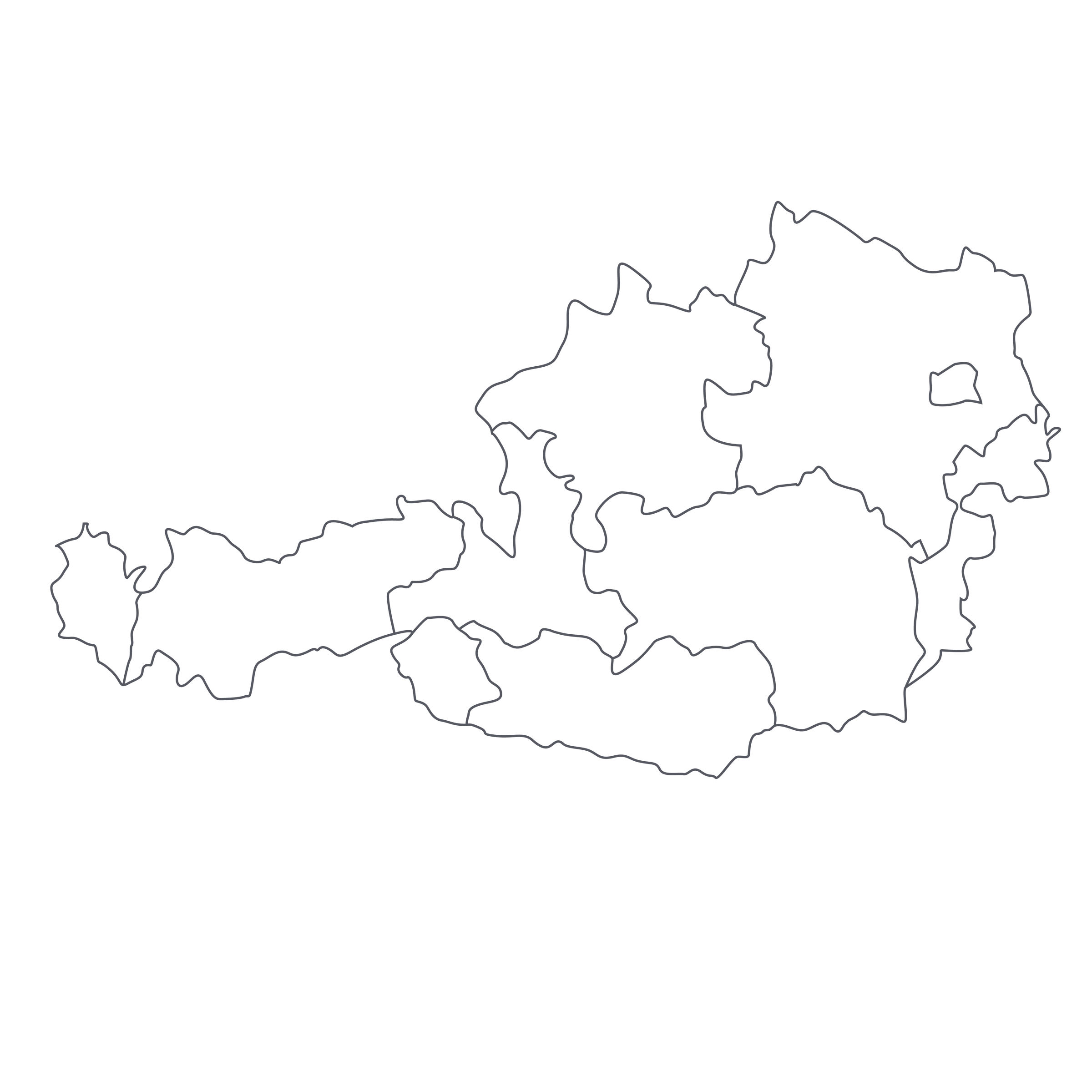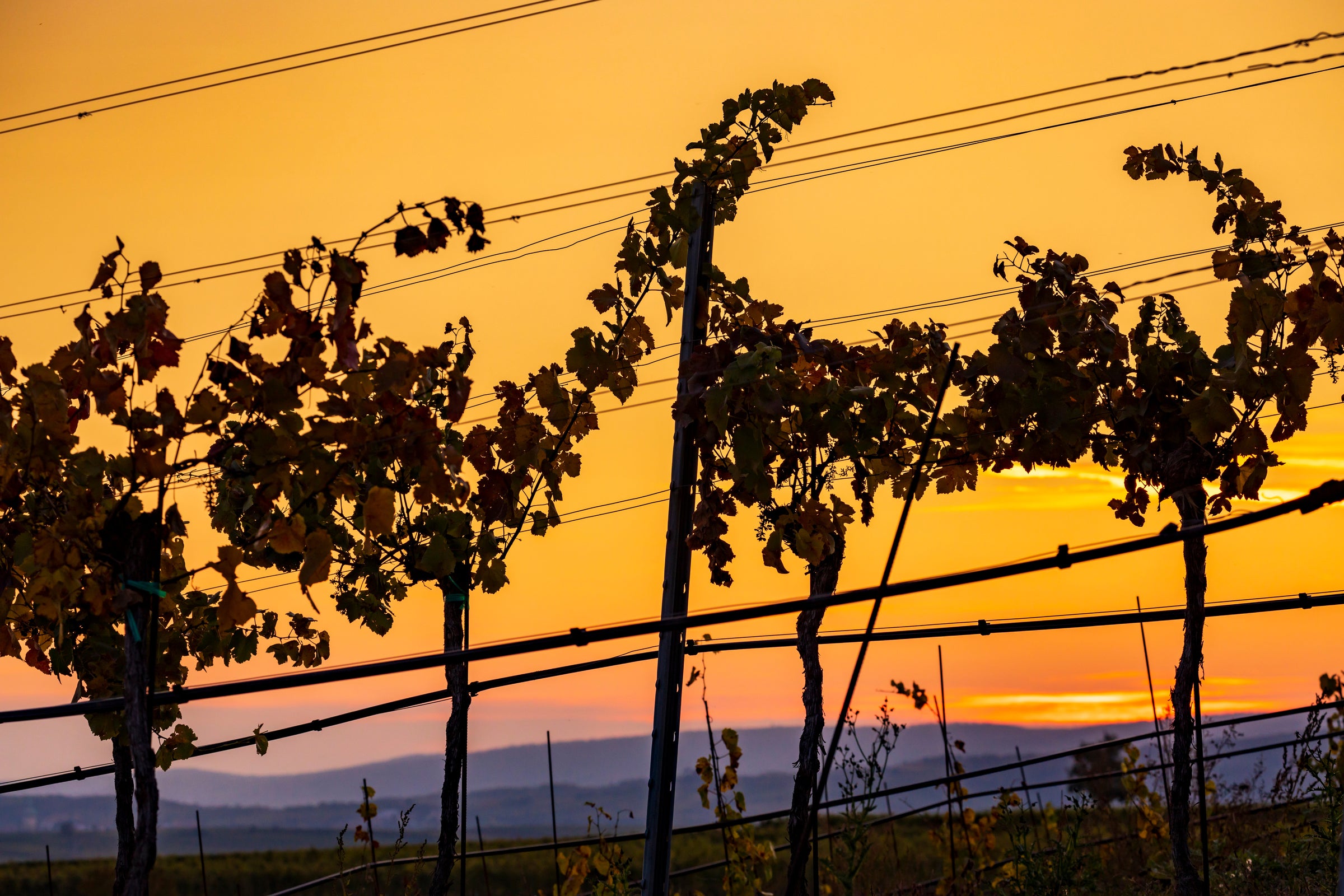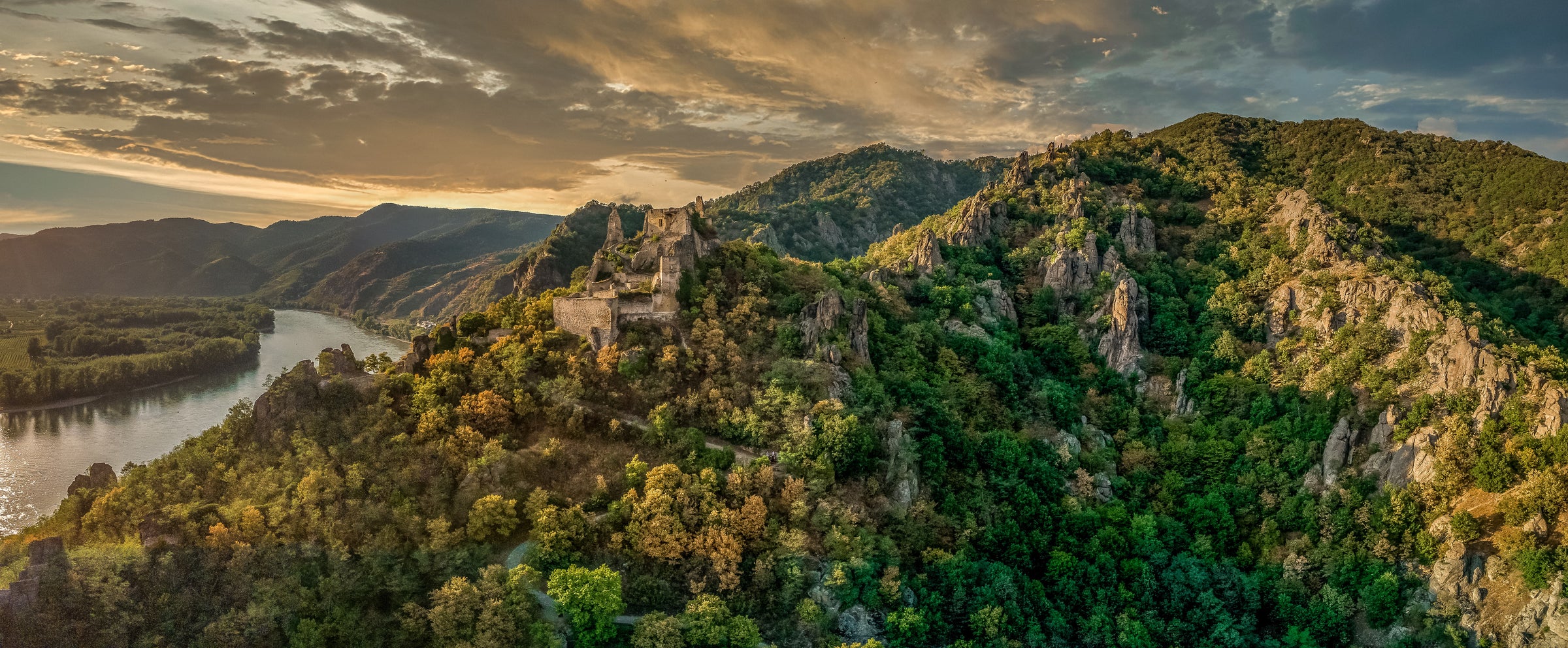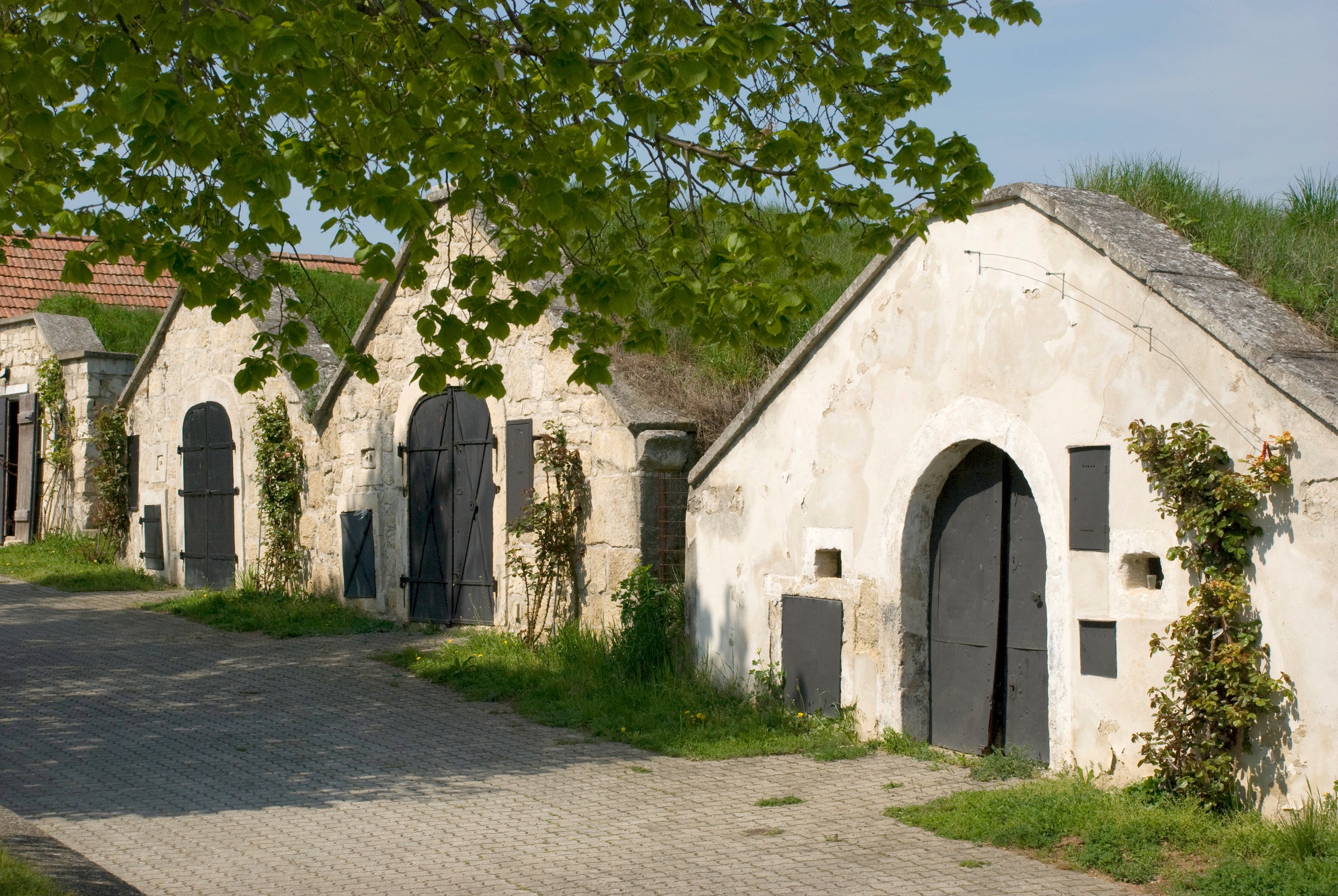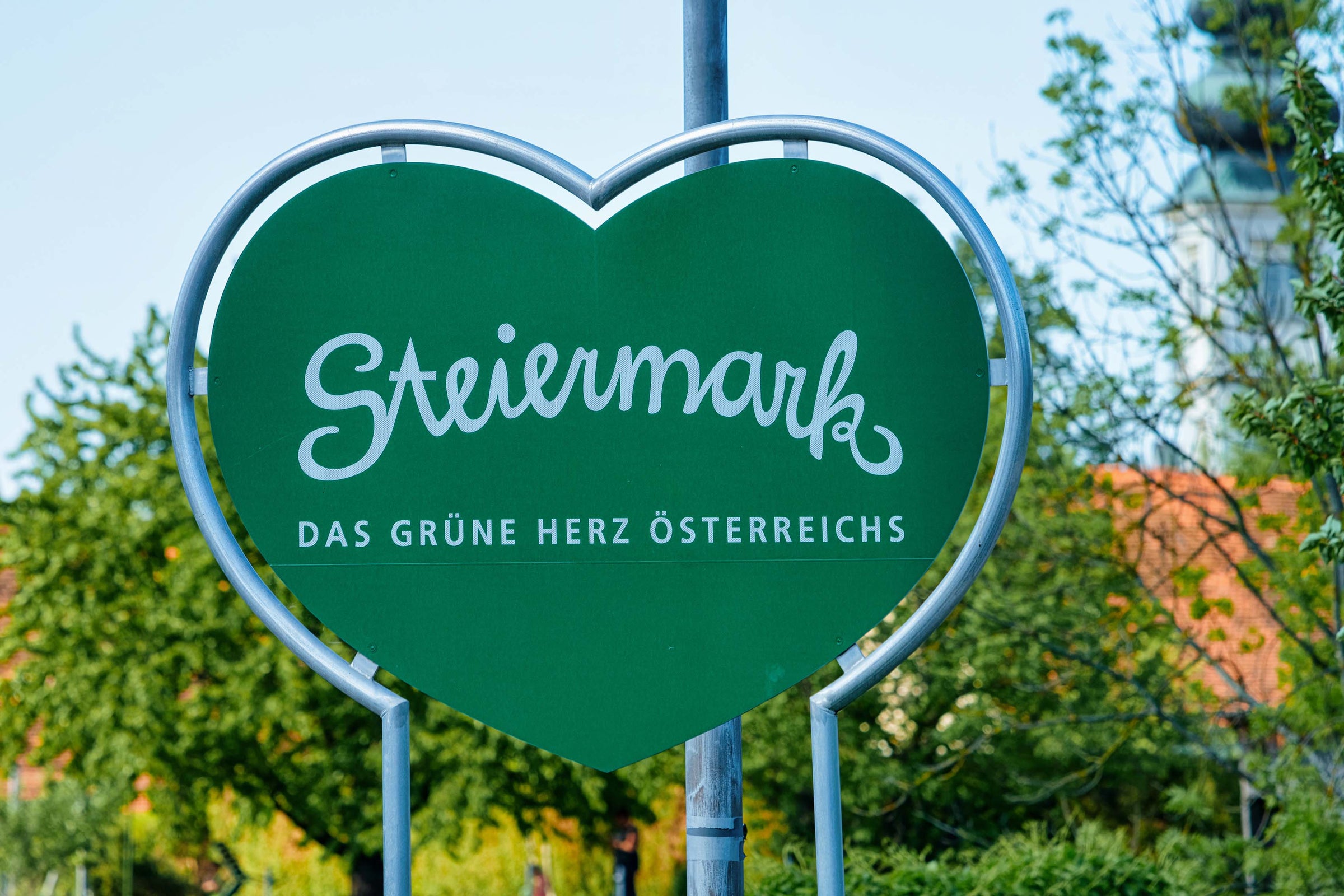“Pls use a BIG glass!” is what you’ll find on today’s back label. Simply heed that advice and you’re in for an insanely delicious wine experience with a composition and flavor profile like no other in the world. Indeed, this is truly unique, and a quick yet head-spinning overview will explain why.
If you can believe it, this “Buchertberg” white blend was handcrafted with approximately 100 different co-planted varieties, all from a single organic vineyard in Austria’s Vulkanland. And when you tack on a brief maceration, natural fermentation, and long aging in 600-liter barrels, a wine of absolute distinction and peculiarity is born. Like the legion of grapes that comprise this palate-bending Gemischter Satz, it’s impossible to list every thrilling nuance here, but I will say it’s an incredibly vibrant, deeply textured gem that erupts with multiple dimensions after proper air. Anyone who purchases some of this is a bonafide wine enthusiast in my book!
Deep in the Vulkanland, near Slovenia’s border in southeastern Austria, the now-defunct Vorau Abbey stands majestically—centuries ago, it was buzzing with activity and wine. Many generations of monks planted the nearby hillside with grapes, but the land became all but neglected towards the end of the 1800s. Today, the Lamprecht family owns this historic site, and after Gottfried Lamprecht graduated with a horticulture degree from the University of Vienna, he went to work. His grand epiphany was to revive these old hillsides with a colorful collection of grapes in a “Gemischter Satz” fashion. Essentially, his vineyards are largely planted to intermixed local varieties—over 100 of them!
rn
So, in 2006, he began planting one hectare of vines per year, most of which were obscure, indigenous varieties that had nearly been forgotten. He calls the hill that holds his dizzying medley of vines “Buchertberg” and went so far as to deem it as its own appellation: ABC, or Appellation Buchertberg Contrôlée. No, this is not officially recognized but it is trademarked!
rn
Today, he oversees nine hectares of vines and operates with regard to a self-written “charter” that essentially guarantees the following: the place of origin, organic farming, promotion of biodiversity, restricted yields, spontaneous fermentation, no additives, long lees aging, and no fining/filtering. While this 2019 “Buchertberg Weiss” does contain more than 100 different grapes, there are some larger contributors such as Weissburgunder (Pinot Blanc), Sauvignon Blanc, Welschriesling, Grauburgunder (Pinot Grigio), and Furmint. The organic, co-planted grapes spontaneously fermented together and macerated for roughly 36 hours without any temperature regulation. From there, the wine was left in large barrels, on its lees, for 18 months of aging. It was bottled with the tiniest addition of sulfur.
rn
Despite the sheer number of grapes in this wine, Gottfried himself will tell you this is a clear expression of his “Buchertberg” terroir. And, although it is bursting at the seams with rich fruit and savory flavors, there are distinct mineral notes and subtle complexities that make it impossible to argue with him. You’ll pick up on creamy layers of ripe pear, makrut lime, yellow apple, melon skin, pineapple, and golden raisins before a cascade of acacia, dandelions, honeysuckle, wild herbs, citrus blossoms, exotic spice, and stirred lees roar out. For holding a moderate 12.5% ABV, this medium-bodied wine sure does punch above its weight class: it delivers wave after wave of intense fruit and atomized minerals before finishing with a mouthwatering savory component. For this, you must break out your largest Burgundy stems and allow a minimum 30-minute decant before taking your first sip. Enjoy around 50-55 degrees and invite all of your adventure-seeking friends over because it doesn’t get more exciting than this!
